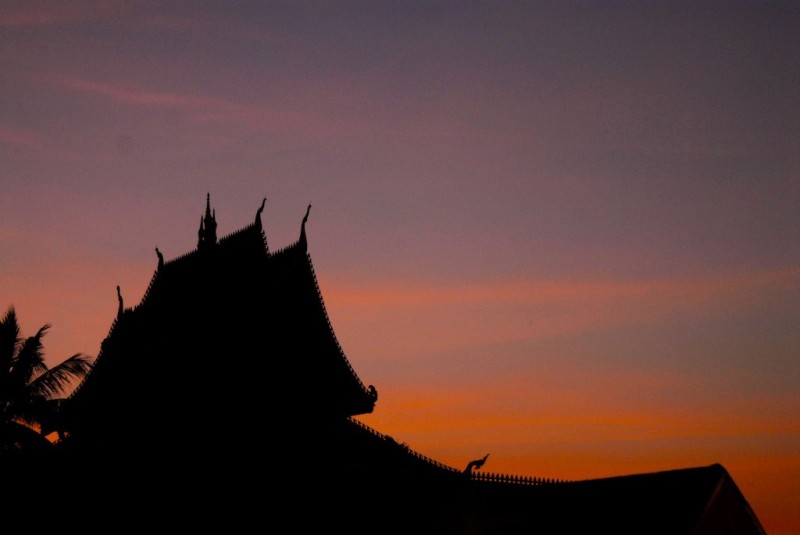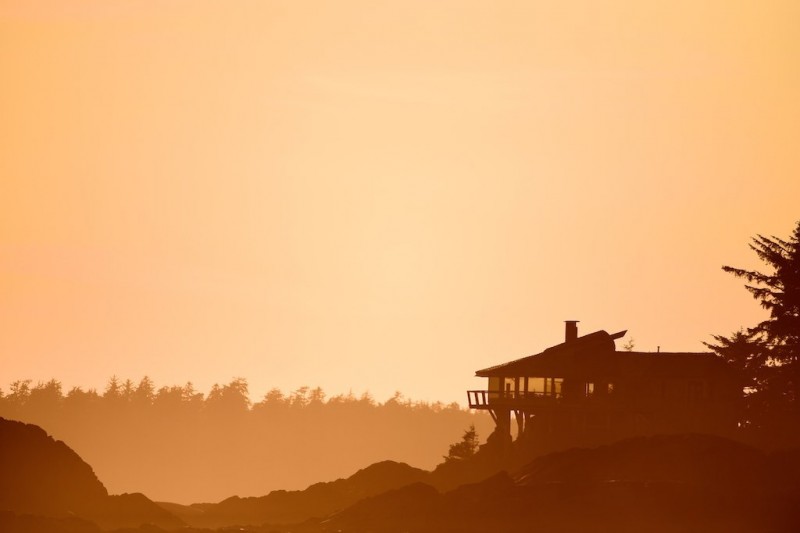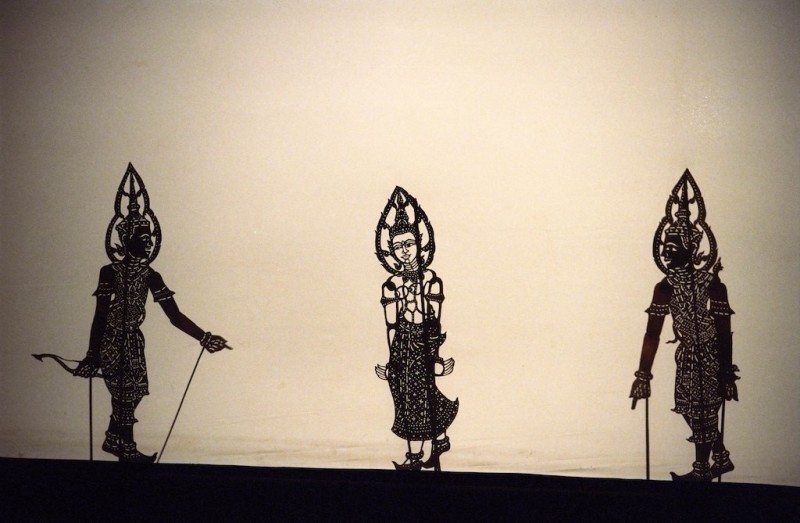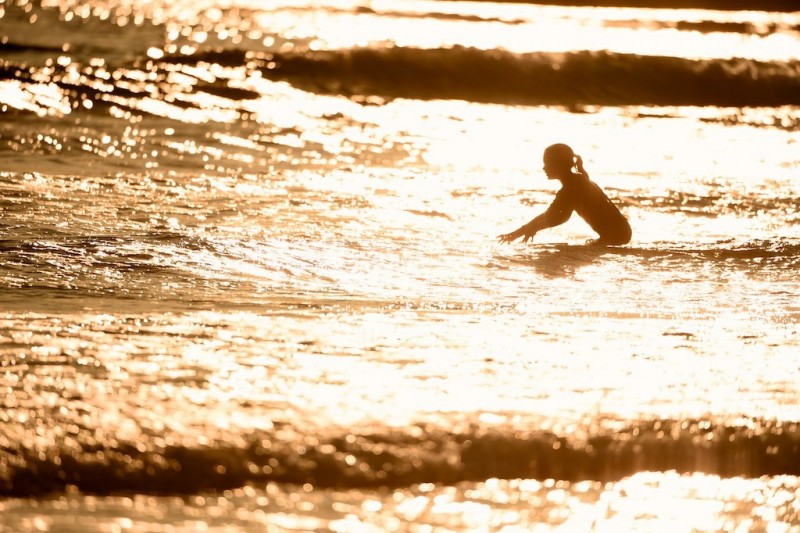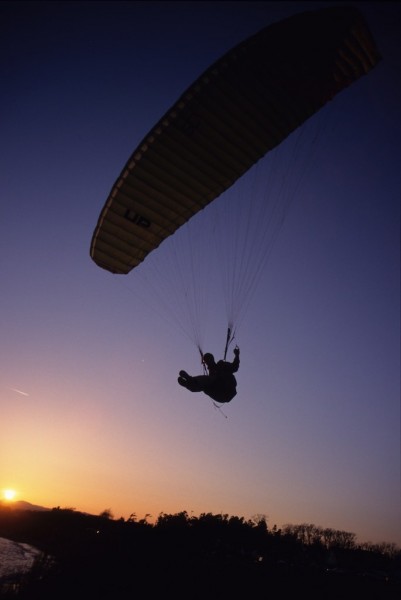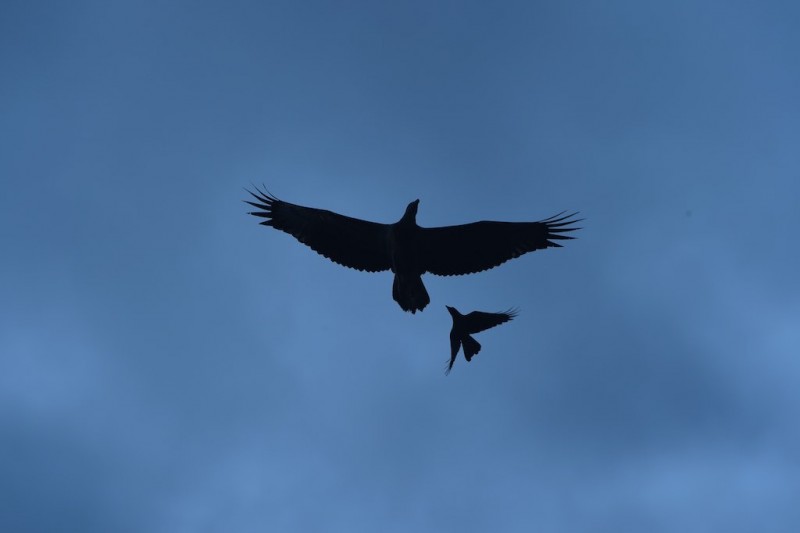The elements of design are used to help support your composition of your photographs. We have already learned about the first element of design, line, in a previous post. The second element of design in shape.
Types of Shapes
A shape is made up of an enclosed line. Shapes can be made up of what we typically envision when we think of the word ‘shape’: objects like squares, rectangles, triangles and circles. Or shapes can be outlines of something where the interior of the shape doesn’t have any details.
If we are capturing images of defined shapes like squares, rectangles and triangles we should look to objects people have made. We don’t often see these shapes in the natural world other than the triangular mountain peaks. These three shapes elicit feelings of power and sturdiness. Circles are more present in nature and elicit feelings of completeness or finality.

Triangular mountain peaks
Silhouette Shapes
Shapes can also be an outline or a silhouette. These silhouettes can be shapes like rectangles, squares, triangles and circles but they can also be of many other enclosed lines. To capture images of silhouette shapes, you need to have back-lighting. To achieve this you need to point your camera towards the light source. This will give you an image that has a defined outline without any detail inside it.

There are some famous places or even people that are immediately recognizable by their outline. This demonstrates the power of shape. You can probably instantly recall the shape of a famous place like the Eiffel Tower but you may have more difficulty recalling the details of the rivets that hold together the huge beams. The same is true for famous people. If I were to show you a true silhouette of the profile of a famous person you probably would be able to recognize them. Such is the power of shape. We are so tuned in to shapes in our world and they can instantly create a strong reaction in the viewer.
When we view images that incorporate shape, we force the viewer to focus their attention on a defined outline. By simplifying the elements of the image, the viewer is able to follow the outline of the shape with their eyes. Shapes can also be very symbolic; think of the outline of a church steeple. We can use shape to simplify our images and create striking photographs.
Workshop: The Elements of Design – Recognizing and Capturing Shapes
Since the easiest way to show shape in a photo is to capture an image with backlighting, I want you to go out early in the morning before the sun has come up or later in the evening before the sun has set.
Look for strong outlines or objects that would be recognizable from their shapes. Position yourself so your subject is between you and the sun. You don’t have to point your camera directly at the sun, but pointing it in the direction of the bright sky will create a situation where you will have a silhouette.
It may be easier to isolate a shape with a telephoto lens but you can use other lenses. Be careful when looking towards the sun, especially with a telephoto lens as you don’t want to damage your eye. When you look through the lens, you may be able to see details in the subject but if the background is bright enough, these details will not be recorded on your image.
If you have multiple objects in your image, be aware if they overlap because their silhouettes will join together and make one large silhouette which may be confusing for the viewer.
